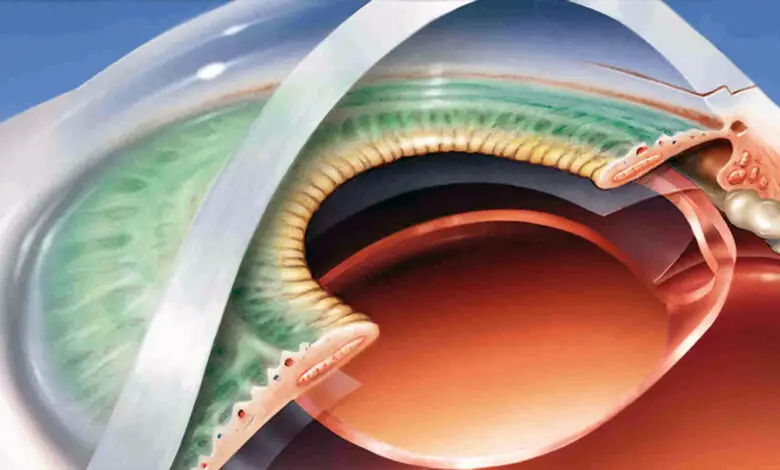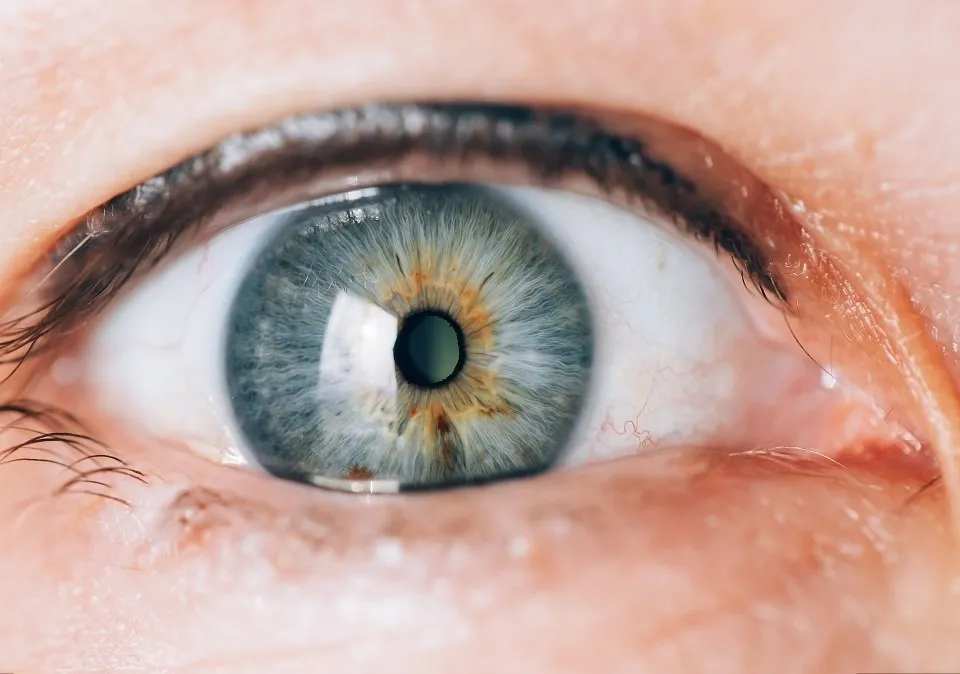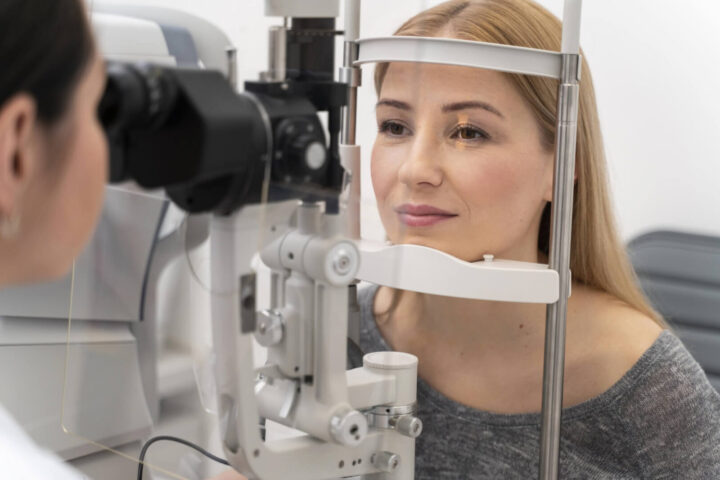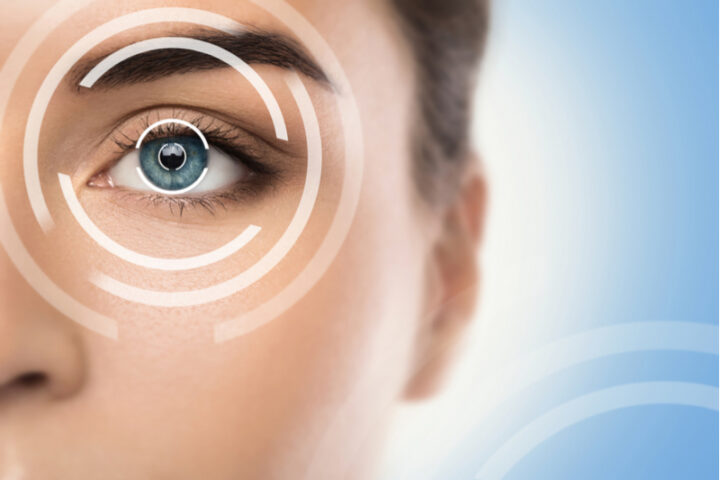6 Refractive Lens Exchange (RLE) Surgery Side Effects And How To Cope

Refractive lens exchange is the safest option when it comes to eye surgery. However, there are some risks if you don’t do proper post-surgery care. You have to gain knowledge regarding aftercare to avoid various problems.
Even though RLE is a safe procedure for the eyes, some people experience various issues after recovery. There are a few ways in which you can avoid them. In this article, we will provide you with them in detail. Every individual needs to understand these things before getting this treatment. Otherwise, it will be challenging to complete the recovery without any complications. You can book an appointment at SharpeVision for the refractive lens exchange. It is one of the best centers for eye surgeries.
Before choosing refractive lens exchange surgery, you should read its pros and cons. Sometimes, people don’t research well and proceed further. You should not make this mistake because you might regret your decision. Also, note that you need to be eligible for the treatment. You have to go through an eye examination and pass it before the procedure.
The side effects of RLE are not that severe. Still, you need to know them and their solutions as well. Let’s not waste any more time and discuss everything about the same.
What Are The Side Effects Of Refractive Lens Exchange?

RLE treatment involves exchanging the natural lens with an artificial one. Even though it is a successful procedure, there are some side effects that people face. They are as follows-
- Vision is not entirely correct: The primary purpose behind getting this treatment is vision correction. But in some cases, there is some residual nearsightedness or farsightedness. So, people still need to wear glasses to reduce the problem.
Some oculists suggest another eye surgery in this situation. For this, you have to wait for some time to recover fully. It depends on you whether you want to face another round of treatment or not. Otherwise, you can manage with the glasses and other related methods.
- The appearance of halos in the dark: It is one of the most common problems that people experience after getting refractive lens exchange. In the darkness, these halos are visible to the naked eye. According to some studies, people get rid of this problem after three months of surgery. It depends from person to person. Sometimes, this issue remains for a long time, and only spectacles can help.
This problem is not as severe as it seems to be. The appearance of halos only disturbs you in the dark or when you look at a bright light source. People who drive should be extra careful after eye treatment. Well, it is better to avoid driving while recovering from the procedure.
You should be patient during the recovery period. If it persists, you can talk to your oculist. They will suggest some suitable methods that might benefit you.
- Redness and irritation: After getting this treatment, you might also face redness and irritation. With a new lens in your eye, it takes time to get used to it. During the recovery period, there are times when you feel irritation and itchiness. Redness also appears because of the disturbance in blood vessels due to the surgery.
This particular problem remains for at least eight weeks. To manage it throughout this period, you can use eye drops or medications prescribed by your oculist. You have to take care of your eyes as much as you can to recover entirely.
Redness or irritation might also remain for a long time. In that case, there might be another reason behind the issue. You should consult your surgeon regarding it. They will provide you with some other ways to deal with this issue.
- Infection in the eyes: Getting an infection in the eyes after RLE is a rare case. However, it can happen if there is a mistake during the surgery or post-recovery. So, you need to find the best centers to get this treatment. Apart from that, you should complete your recovery period by doing all the things that your oculist has recommended.
Infection might lead to loss of vision. Patients need to pay attention to the strange symptoms and get professional advice as soon as possible.
- Detached light-sensitive membrane: Refractive lens exchange surgery can impact the back part of the eyes. This part is removed during the treatment. Due to this detachment, people experience poor vision. The severity varies because everyone has a different reaction to the surgery.
- Swelling in the Cystoid Macula Oedema: Your central vision is possible with the help of the macula in the retina. Sometimes, RLE results in swelling of the macula. But this swelling is treatable. All you have to do is consult your oculist. They will prescribe you eye drops and medications.
What Are The Tips To Have A Successful Recovery After RLE?

The recovery phase after any eye surgery matters a lot. If you don’t take measures during this period, risks might arise. Here are some tips that will help you a lot in this period.
- Avoid exercising: Exercising involves physical strength. You should never consider doing the same while recovering from this treatment. It might impact your recovery period. You have to wait for many weeks until you fully recover.
- Avoid rubbing your eyes: Rubbing the eyes is always harmful. It can damage the cornea. But it is even more harmful when you have surgery. That is why you should never rub them during the recovery period.
- Stay away from irritants: After getting this treatment, your eyes will be weak. They might quickly get an infection from any irritant. So, you should always protect them, especially when you are recovering.
- Swimming is harmful: You must never consider swimming after getting RLE. It might affect your eyes in many ways.
The Bottom Line

Refractive lens exchange is a safe treatment for eye correction. But you should learn about various risks and how to prevent them. We hope this article gave you a detailed insight regarding the same.
